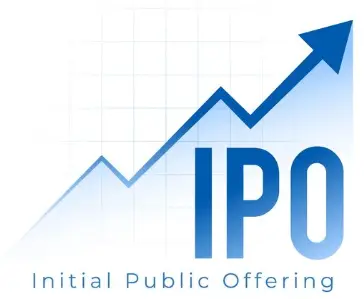Navigating the Life Sciences Capital Market Landscape: Trends and Insights
The life sciences capital market has undergone significant fluctuations in recent years, impacting investment funding, exit strategies, and timing for companies at various stages of development. Understanding the current capital market environment is crucial for life sciences companies preparing for an Initial Public Offering (IPO) or other exit scenarios. With the expertise of seasoned advisers, companies can better navigate this complex landscape.
The Rollercoaster of Recent Years
The life sciences capital market has experienced a tumultuous ride over the past few years. The peak of IPOs and Special Purpose Acquisition Companies (SPACs) in 2021 was followed by a downturn in 2022 and 2023, largely driven by rising interest rates and market volatility. However, as we entered 2024, signs of recovery emerged, with five life sciences IPOs in the first quarter alone. By mid-year, US biotech IPOs had already matched the total cash funding raised in all of 2022, signaling a potential resurgence in market activity.
Macroeconomic Influences on the Market
As we look ahead, several macroeconomic trends will play a pivotal role in shaping the life sciences capital market. The Federal Reserve’s decision to lower the federal funds rate by 50 basis points in the third quarter of 2024 was a significant development, expected to invigorate venture capital, private equity, and M&A markets that had cooled considerably in recent years.
In addition to interest rates, other macroeconomic factors to monitor include GDP growth, labor market dynamics, and the potential effects of the upcoming 2024 election. These elements will collectively influence investor sentiment and market activity in the life sciences sector.
Life Sciences Industry Trends Driving Capital Market Growth
The future of the life sciences capital market is also being shaped by specific industry trends. The increasing demand for drugs tailored to an aging population, accelerated clinical trials, and advancements in cancer therapeutics are all contributing to a robust market outlook. Additionally, rising pharmaceutical spending on research and development (R&D) and the growing trend of outsourcing contract manufacturing are expected to enhance quality and regulatory compliance.
However, challenges remain. High manufacturing infrastructure costs, escalating R&D expenses, increased regulatory scrutiny, and a shifting investor focus toward later-stage companies could pose headwinds to these positive trends.
Deal Trends in the Life Sciences Sector
The IPO pipeline appears strong, with many companies that postponed their public offerings in previous years now poised to take advantage of favorable market conditions. Lower interest rates may encourage investors to seek higher returns by funding startups and high-growth life sciences companies in the latter half of 2024. However, the uncertainty and volatility characteristic of election years could temper this optimism.
In terms of deal types, SPACs and reverse mergers have gained popularity, each offering distinct advantages and disadvantages. Despite this trend, traditional IPOs remain the gold standard for early-stage life sciences companies seeking to exit.
Best Practices for Companies Entering the Public Markets
For life sciences companies planning to go public, implementing leading practices can enhance their attractiveness to investors. Key strategies include:
-
Strong Cash Management: Companies should develop robust cash management skills and a disciplined approach to capital deployment.
-
Accurate Forecasting: The ability to forecast accurately, conduct scenario planning, and adjust forecasts for unforeseen events is crucial.
-
Valuation Awareness: Understanding the company’s worth before seeking an exit and considering how its value may evolve over time is essential.
-
Defining Financial Success: Companies should clearly define what financial success looks like and create a roadmap to achieve it.
-
Robust Processes and Controls: Establishing strong processes and controls overseen by experienced finance professionals is vital.
- Early Engagement with Advisers: Bringing on advisers early in the process can help companies navigate the IPO journey efficiently and meet their timelines.
The Role of Advisory Services
Advisory services play a critical role in helping life sciences companies navigate the complexities of the capital markets. Firms like Deloitte offer a range of accounting and transaction advisory services tailored to meet the needs of life sciences companies at all stages of development. Their expertise can provide valuable insights into market trends, regulatory requirements, and best practices for going public.
For more information on IPO readiness and advisory services, companies can explore Deloitte’s resources and reach out with any questions or thoughts.
Conclusion
The life sciences capital market is poised for a transformative year ahead, driven by macroeconomic trends, industry-specific dynamics, and evolving deal structures. By understanding these factors and implementing best practices, life sciences companies can position themselves for success in an ever-changing landscape. As the market continues to evolve, the guidance of experienced advisers will be invaluable in navigating the complexities of capital raising and exit strategies.

